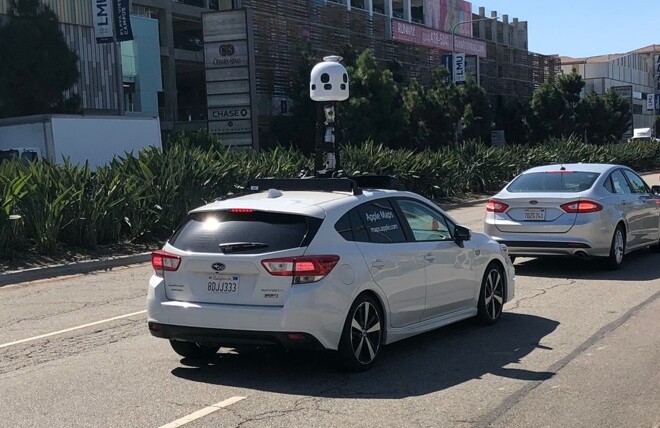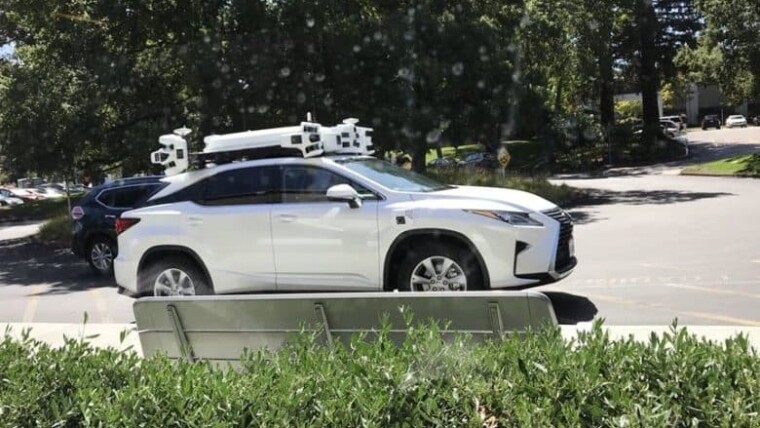In a letter sent to the DMV, Apple via their Senior Director of Autonomous Systems Engineering, Jaime Waydo, sought to explain their disengagement report and to shed some clarity over it. As we have covered yesterday, based on just numbers alone, Apple’s autonomous vehicle disengages the most number of times compared to its competitors.
Here is an excerpt from the letter.
“Apple’s approach to disengagements is conservative because our system is not yet designed to operate in all conditions and situations. To support this approach, our public road testing policies require drivers to proactively take manual control of the vehicle any time the system encounters a scenario beyond our currently proven abilities.”
“In addition, our software self-monitors and returns control back to the driver when it encounters any errors or issues during operation” the letter continues, advising this allows Apple to “prioritize the safe operation of our vehicles above all else at all times.”
To further classify disengagements, Apple classifies them as manual takeovers and software disengagements. Manual takeovers are described as when the safety driver takes over control of the vehicle from the software. This is usually in situations when the driver has deemed it necessary to do so especially when the driver feels that the car is not meeting safe operational constraints.
Software disengagements are when the software monitoring system detects an issue with the input, output or decision-making capabilities of the ADS (automated driving system). It is further broken down into 4 classes, perception, motion planning, controls and communication.
It seems that Apple is taking safety extremely seriously and ensuring that their ADS system is constantly being monitored. Trust them to take this approach but it does shine them in a light which puts them at a disadvantage over the others such as Waymo, Uber and even NVidia.
Other posts by Mark Leo






